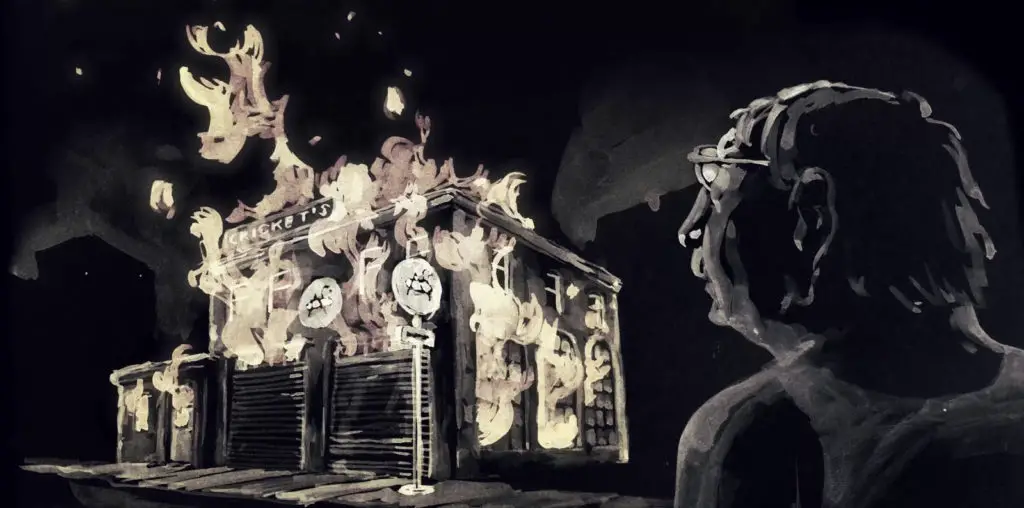
Spending a day in the park is one thing. Living your life in LA’s MacArthur Park, your whole life revolving around trying to keep your crack pipe full, is something entirely different. Yet that’s about all Cody (Thomas Jefferson Byrd) has left in the world. If not exactly the “mayor” of the park, he is at least one of its most admired residents, respected by the largely homeless community of crack addicts, prostitutes, and gang-bangers who live there.
For one thing, he’s a bit of streetwise philosopher and elder statesman whose mind is still largely intact. For another, he knows how to brew up a low-grade version of crack; a sort of in-home factory that produces a product, and therefore revenue, for himself and his associates.
Cody would most likely have lived out the rest of his life in the park, except for a surprise visit from his son, Terry (Balthazar Getty), whom he doesn’t even recognize after five years. When Terry tells Cody that his wife has died, it forces Cody to recall the life he left behind as a jazz trumpeter and family man. More importantly, it inspires him to try to break his addiction and escape the deceptively scenic living tomb that is MacArthur Park.
There are literally dozens of characters to keep track of in director Billy Wirth’s unflinching look at the underside of life, yet all are vividly and memorably drawn. There’s Hoover Blue, a protective mother figure trying to protect the park’s women from predatory scumbags like E-Max, a pimp who tricks naive attractive newcomers like Linda. He seduces them, “blasts” them with free crack, then traps them into prostitution to pay for the addiction he’s inflicted. P-Air, helped by a sympathetic LAPD officer, hopes to cut a hip-hop demo, while Kim, a park regular who’s been clean for two years, is trying to help Cody and others do the same thing.
“MacArthur Park” covers territory that we’ve seen before and comes dangerously close to romanticizing the lifestyle at the opening of the film. It eventually becomes apparent, however, that Wirth did this to provide a contrast for the far darker, more violent and accurate tone the film takes on by the end.
This is not an easy film sit through, if only because one comes to know and care for these individuals; people who, if you saw them on the street in real life, you’d do everything in your power to ignore. This is especially true of Cody, portrayed with harrowing authenticity and exceptional vulnerable dignity by Byrd. The audience pulls hard for Cody every time he edges in the right direction and winces every time he lights up his pipe or embarks on the dangerous ill-advised escape scheme he’s devised.
Aided by a pounding hip-hop soundtrack, the film has a visual sense that, though a little too slick, still pretty much captures the park’s casual, yet hopeless feeling of entrapment and subtle paranoia. At its best, “MacArthur Park” reminds the viewer that everyone has a story. Even the seemingly anonymous crack addicts hanging around the MacArthur Parks everywhere.
